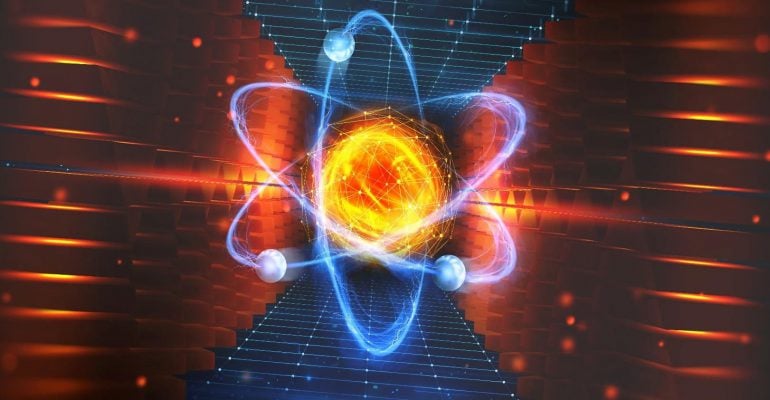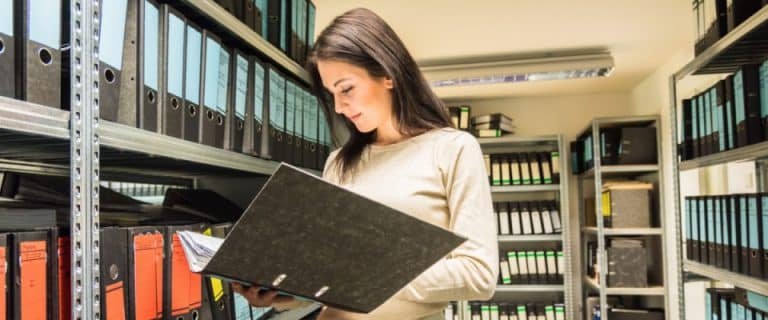Quantum Mechanics and Applications
March 4, 2024 2024-03-04 13:10Quantum Mechanics and Applications
Quantum mechanics, a fundamental theory in physics, describes the physical properties of nature at the scale of atoms and subatomic particles. It is a branch of physics that challenges our classical views of reality, introducing concepts that are counterintuitive, such as wave-particle duality, superposition, and entanglement. These principles not only redefine our understanding of matter and energy but also have practical applications that are transforming technology, medicine, and computing.
The Basics of Quantum Mechanics
Quantum mechanics is built on the principle that energy is quantized. Unlike classical physics, where energy is assumed to flow continuously, quantum mechanics posits that energy transfers occur in discrete amounts called quanta. This idea was first introduced by Max Planck and later expanded by Albert Einstein’s explanation of the photoelectric effect, which led to the concept of photons, particles of light that carry quantized energy.
Another cornerstone of quantum mechanics is the wave-particle duality, which states that every particle or quantic entity may be partly described in terms not only of particles, but also of waves. This duality is best exemplified by the double-slit experiment, which shows that light and matter can display characteristics of both waves and particles.
Applications of Quantum Mechanics
Quantum Computing
One of the most promising applications of quantum mechanics is in the field of quantum computing. Quantum computers use quantum bits, or qubits, which can represent and store information in both 0 and 1 simultaneously, thanks to superposition. This ability allows quantum computers to process information at speeds unachievable by classical computers, opening new frontiers in drug discovery, optimization problems, and cryptography.
Quantum Cryptography
Quantum mechanics has also paved the way for quantum cryptography, which uses the principles of quantum mechanics to secure communication. Quantum key distribution (QKD) is one such application, utilizing the principle of entanglement and the no-cloning theorem to create secure communication channels. This technology promises to revolutionize secure communication by making it theoretically impossible to intercept or eavesdrop without detection.
Medical Imaging
Quantum mechanics has significantly impacted medical imaging techniques, such as MRI (Magnetic Resonance Imaging). MRI uses nuclear magnetic resonance, a quantum mechanical phenomenon, to visualize detailed internal structures of the body. This non-invasive technique has improved the accuracy of diagnoses and treatments for various medical conditions.
Other Fields
The applications of quantum mechanics extend to many other fields, including materials science, where quantum mechanics is used to design and understand new materials with unique properties. In metrology, quantum standards have been developed for measurements with unprecedented accuracy. Furthermore, quantum sensors are being developed that could revolutionize navigation, geological exploration, and many other areas.
Conclusion
Quantum mechanics is not just a theoretical framework for understanding the microscopic world; it is a powerful tool that is driving innovation across multiple fields. As research continues, the future applications of quantum mechanics are bound to expand, potentially unlocking new technologies that we can scarcely imagine today.
Related Posts
Aerospace Engineering and Space Exploration
Popular Tags




















